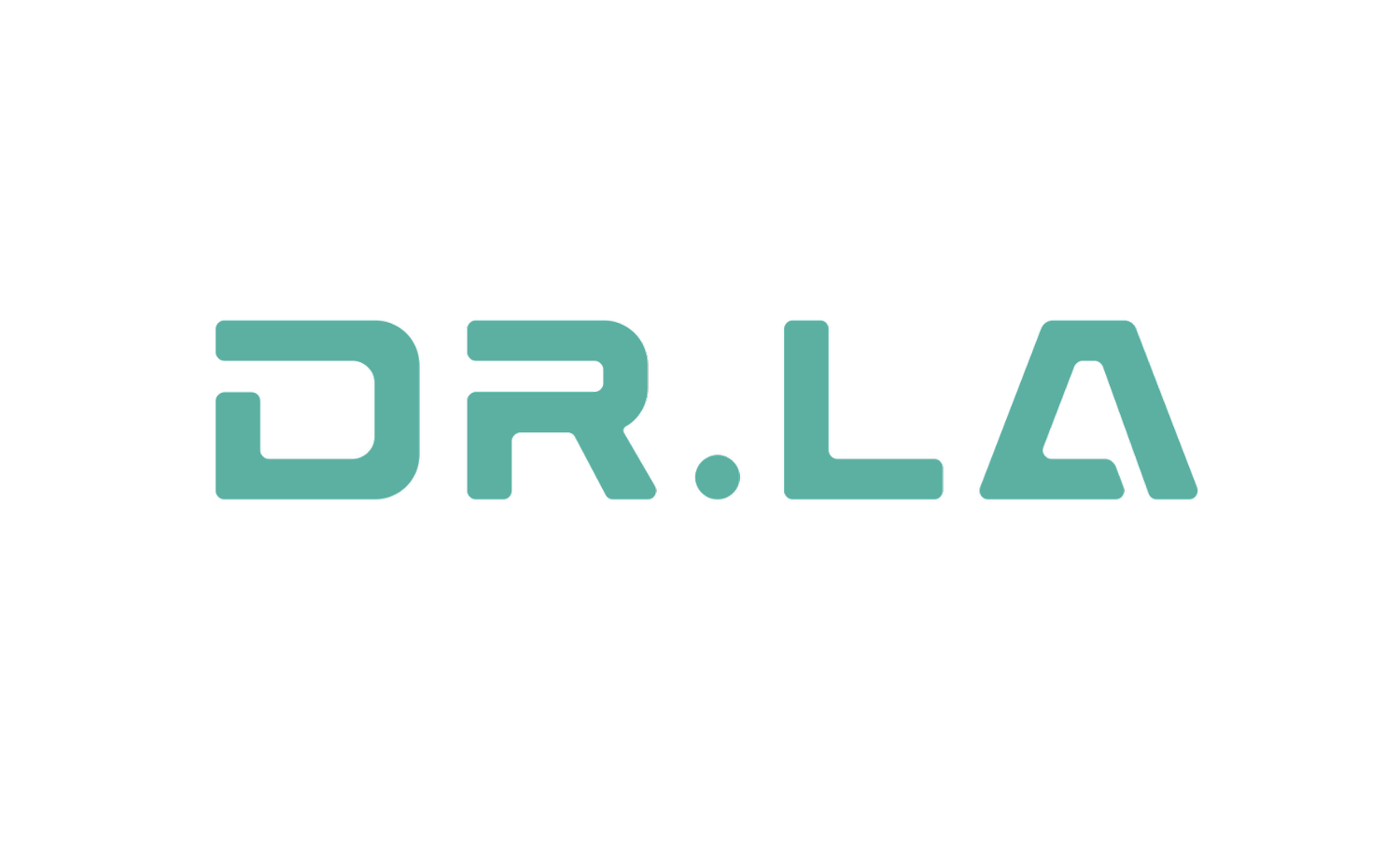Electrical Muscle Stimulation
What Is It?
Electrical muscle stimulation (E-Stim) increases activation of nerves and muscles by sending electrical impulses to the body's tissues. Electrical muscle stimulation can target various bodily parts and deliver a variety of stimulation depending on the precise approach used. There are several types of electrical muscle stimulation techniques used in medical and therapeutic settings, including: transcutaneous electrical nerve stimulation (TENS), neuromuscular electrical stimulation (NMES), and spinal cord stimulation (SCS).
Transcutaneous Electrical Nerve Stimulation (TENS): This procedure includes placing electrodes on the skin close to the sore region and delivering electrical impulses to the affected nerves to help with pain and inflammation reduction.
Neuromuscular Electrical Stimulation (NMES): This method uses electrodes to stimulate particular muscle groups by placing them on the skin. It can help to increase muscle strength and assist with muscle atrophy.
Electrical stimulation can be used to treat a range of conditions including: chronic pain, muscle weakness or atrophy, dystonia spinal cord injuries, and wound healing.
E-Stim Benefits
Pain Relief: By increasing activation of the nerves and muscles in the affected area, electrical stimulation can assist to relieve pain and inflammation.
Improved Muscle Strength: Electrical stimulation can aid in strengthening muscles and reducing muscle atrophy, which is beneficial for individuals who are recovering from surgery or any musculoskeletal injury.
Improved Mobility: Electrical stimulation can aid in increasing mobility and range of motion by strengthening muscles and lowering pain.
Reduced Spasticity: Muscle spasticity, a frequent sign of illnesses like cerebral palsy or multiple sclerosis, can be lessened by electrical stimulation.
Can You Build Muscle with Electrical Stimulation?
While EMS can aid in muscle strengthening and muscular tone improvement, it cannot replace the advantages of exercise or serve as a replacement for conventional strength training.
According to research, EMS may be helpful for a variety of conditions, including recovery from surgery or injury, preventing muscle atrophy in those with limited mobility, and increasing muscle strength in older adults. Nevertheless, EMS is insufficient to significantly increase muscle mass.
In order to build muscle, an individual will need to challenge themselves by progressively increasing the resistance or weight they are lifting. This creates small tears in your muscle fibers, which then heal and grow stronger over time. While EMS can help to stimulate muscle contractions, it does not provide the same level of resistance as traditional strength training exercises and therefore cannot generate the same muscle growth.
In conclusion, electrical muscle stimulation can improve muscle strength and tone, but it cannot replace traditional strength training or the advantages of exercise for adding considerable amounts of muscle mass.



